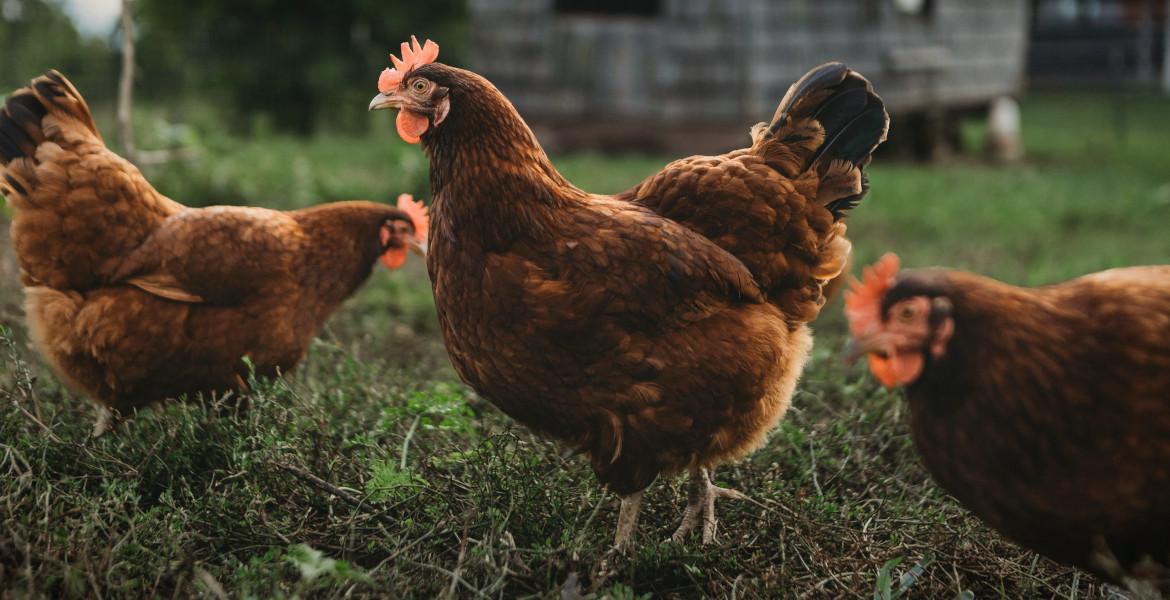A decline in this year’s Christmas shopping is predicted for the first time in a decade, according to a new report from the Swedish Trade research institute, HUI Research. In total, the lost revenue could be in excess of 200 million eur.
The economic downturn is clearly reflected in the so-called Christmas Trade Report (Julhandelsrapporten). Retail trade in December is expected to decrease by three percent in current prices compared to the same period last year. At the same time, it is predicted to decrease by seven percent in set prices. Although the grocery trade may show a slight growth of one percent in current prices, the report suggests a decrease of three percent in set prices.
– It’s economically tough times for many, while households want to celebrate Christmas as usual. Christmas food and gifts will be purchased, but more planned and for less money, the substitute Christmas is coming, says Joakim Wirén, analyst at HUI Research.
Regarding the trade of infrequent purchases, such as jewelry and furniture, both current and constant prices are expected to decrease by five percent and nine percent, respectively. Over the past ten years, Christmas trade has otherwise had a positive sales development, but now it is estimated that the entire December trade could decrease by 2.5 billion kronor.
– For traders, the challenge lies both in staying on the consumer’s shopping list and in achieving profitability in what is sold, says Wirén.
About the forecast
HUI (Svensk Handels utredningsinstitut) publishes an annual forecast of how Christmas sales are expected to develop. Christmas sales refer to all sales that take place in December and are compared with December 2022.
Current prices refer to the development in nominal sales value, while fixed prices take into account price changes and are more useful for comparisons over time.








